Museum Prinsenhof Delft confirms discoveries in Pieter de Hooch paintings
DELFT.- Museum Prinsenhof Delft today announced three discoveries made in three different paintings by Pieter de Hooch as part of its exhibition, Pieter de Hooch in Delft: From the shadow of Vermeer, the largest retrospective exhibition in a generation of the work of the Delft Master. A fingerprint was discovered on the canvas Cardplayers in a Sunlit Room, from the Royal Collection Trust (from the private collection of HM Queen Elizabeth II) and infrared imaging revealed ship’s masts on A Dutch Courtyard, from the National Gallery of Art (Washington). In the painting A Woman weighing Gold and Silver Coins, from the Gemäldegalerie Staatliche Museen zu Berlin, fragments of a signature were discovered that can very likely be attributed to the famous Delft master. For the Museum Prinsenhof Delft, these discoveries are unexpected and exciting consequences of bringing together 29 paintings for the exhibition (11 October 2019 – 16 February 2020).
The painting A Woman weighing Gold and Silver Coins, from c. 1664, has always been considered as the most ‘Vermeer-like’ work in Pieter de Hooch’s oeuvre and it was, then, also attributed to the other Delft master for a time. Prior to the installation in Delft, an extensive examination of its condition was carried out with curator Katja Kleinert from Berlin, during which the conservator Johanneke Verhave (Restauratie Atelier Rotterdam) saw, for the first time, fragments of a signature on the right-hand bottom of the frame of the open window, which on closer inspection can almost certainly be read as P.D.HOOCH. About 100 years ago, during the time of the renowned German art historian Wilhelm von Bode, the painting A Woman weighing Gold and Silver Coins was acquired by the Kaiser Friedrich Museumsverein and it has been part of the Berlin collections ever since.
Pieter de Hooch (1629- in or after 1679), Woman Weighing Gold and Silver Coins, ca. 1664. © SMB, Gemäldegalerie. Property of Kaiser Friedrich Museumsvereins. Photo Jörg P. Anders.
Anita Jansen, senior curator at the Museum Prinsenhof Delft and co-curator of the exhibition: ‘Prior to installing the painting at the Museum Prinsenhof Delft, it was extensively studied. Research on techniques during the past two years revealed that De Hooch often signed his paintings on a window frame. If you next encounter remnants of paint in precisely that spot, alarm bells go off. To now be able to say with greater certainty that A Woman weighing Gold and Silver Coins was painted by Pieter de Hooch confirms the generally accepted attribution to De Hooch. Additional research will, however, determine whether we can say with 100% certainty that we are dealing with his signature.’
Fingerprint
No one ever noticed it before, since Cardplayers in a Sunlit Room, one of the highlights of the exhibition at the Museum Prinsenhof Delft, from the private collection of HM Queen Elizabeth II of England, was first painted. In the lower right, in the middle of the depiction of pieces of a broken clay pipe on a typical Delft tiled floor, conservator Krista Blessley of the Royal Collection spotted the impression of – probably – a thumb prior to packing up the 1658 canvas. What is remarkable is that the fingerprint was made in the paint while it was still wet, even before the painting was varnished. According to Anita Jansen it is almost certainly a print of the master’s thumb. A direct relationship with the artist is the obvious implication of the presence of the fingerprint in the original coat of paint, since it was produced during the process of painting. De Hooch may have lifted up the painting from the easel to move it, while the paint was still wet.
Ship’s masts
Prior to shipping A Dutch Courtyard (c. 1658-1660) to Delft, Dina Anchin, associate painting conservator at the National Gallery of Art in Washington, decided to carry out infrared imaging on the painting. To everyone’s surprise, the lines of ship’s masts were visible, drawn at the top left of the painting, ‘floating’ in the air and certainly not part of the present scene, next to the tower of the Nieuwe Kerk. The masts are the sort appropriate to rather large, rigged ships, which could not sail into the city of Delft in the 17th century. These could be ships belonging to an earlier draft, eventually altered by Pieter de Hooch himself, or a case of the reuse of a canvas. De Hooch sometimes depicted ships in his oeuvre, but did so at a later period, not during the years when he painted A Dutch Courtyard.
Pieter de Hooch in Delft: From the shadow of Vermeer
Through 16 Februrary 2020, the first retrospective exhibition of the famous 17th-century painter Pieter de Hooch in the Netherlands will be on. Entitled Pieter de Hooch in Delft: From the shadow of Vermeer, the exhibition focuses on the artist’s period of greatest flourishing (c. 1655-1660), during which Delft plays a leading role. Masterpieces from around the world have come to Delft: among others, the Gemäldegalerie Staatliche Museen zu Berlin, the National Gallery of Art (Washington), the Kunsthaus (Zürich) and the Royal Collection Trust (from the private collection of HM Queen Elisabeth II) have loaned works. Many famous paintings are among the works on loan, including the exhibition’s key work, The Courtyard of a House in Delft, from the National Gallery in London. Pieter de Hooch in Delft, with 29 masterpieces, is the most ambitious exhibition ever at the Museum Prinsenhof Delft and was made possible by the Turing Award 2017.
Since the exhibition opened to the public on 11 October, Pieter de Hooch in Delft: From the shadow of Vermeer has to date received 30.000 visitors – on track to become Museum Prinsenhof Delft’s most popular exhibition in its recent history. The current record is held by Vermeer returns home in 2016 which received 60,000 visitors.
Pieter de Hooch (1629- in or after 1679), Self-portrait (?) Circa 1648-1649, © Rijksmuseum, Amsterdam
The first retrospective exhibition in the Netherlands of the famous 17th-century painter Pieter de Hooch will be presented at the Museum Prinsenhof Delft from 11 October 2019 to 16 February 2020. The exhibition, Pieter de Hooch in Delft: From the shadow of Vermeer is the first retrospective of the artist’s work in his own country. After Vermeer, Pieter de Hooch is widely considered to be the most celebrated Delft master of the 17th century. The paintings De Hooch produced in Delft (ca. 1652-1660) will be at the heart of the exhibition: his most beautiful courtyards and interiors will return to the city where they were painted almost 400 years ago.
29 works will be coming to Delft on loan from leading museums in Europe and the United States. These include many famous paintings never before exhibited in the Netherlands such as the well-known Courtyard of a House in Delft from the National Gallery, London. Other Pieter de Hooch masterpieces will come from Museo Thyssen-Bornemisza, Madrid, the Kunsthaus Zürich and the National Gallery of Art in Washington. An extraordinary work on loan from the Royal Collection of Her Majesty Queen Elizabeth II is the masterpiece Cardplayers in a Sunlit Room. In addition, the exhibition will comprise works on loan from the Mauritshuis, the Museum Boijmans van Beuningen, the Amsterdam Museum and of course the Rijksmuseum, which holds one of the largest collections of De Hoochs in the world.
MASTER OF PERSPECTIVE
De Hooch was a versatile artist: he began his career with ‘kortegaerdjes’, or scenes of soldiers and inns, and evolved in Delft into a painter of courtyards, domestic interiors and occasional family portraits. In October, the most beautiful courtyards and interiors of his Delft period will return to the historic city where he painted them nearly 400 years ago. No other painter of the Dutch Golden Age was able to create such depth in his paintings. In his works, one space often opens onto another, and then another. His interiors and exteriors appear to be perfectly reconstructed views through. He is therefore called the ‘master of perspective’.
MASTER OF EVERYDAY LIFE
Few 17th-century painters have as decisively determined the image of Dutch respectability and domesticity as Pieter de Hooch. He was able to represent everyday life at its most attractive. His paintings have determined our image of bourgeois life in Holland in the 17th century. De Hooch was a proper innovator. He introduced a subject in his paintings never before painted in this way: everyday life in the courtyards behind Delft homes, often with women busy with household activities. Besides this, children play a prominent role in many of his paintings. In 1658, this oeuvre reached its peak and he painted his most atmospheric, intimate interior scenes. With warm colours, views through (a door is always open someplace) and a natural play of light, De Hooch was able to conjure an atmosphere second to none. In the relatively brief period when he worked in Delft (ca. 1652-1660), De Hooch made his most beautiful paintings.
SIX PAINTINGS ON LOAN FROM PRIVATE COLLECTIONS ABROAD
The exhibition includes six wonderful paintings from famous private collections. Two extraordinary works on loan from the Royal Collection Trust are coming to Delft, including the masterpiece Cardplayers in a sunlit Room, from 1658. The exhibition also includes a beautiful view of Delft from the famous Rothschild Collection (Waddeston) (A Woman and Child in a Bleaching Ground, 1657-1659), a masterpiece from the Bute Collection not seen in the Netherlands since 1935 and an important work from De Hooch’s Amsterdam period (The Kremer Collection; Man reading a letter to a woman, circa 1670-1674).
DE HOOCH AND VERMEER
After Johannes Vermeer, Pieter de Hooch is regarded internationally as the most famous Delft master of the 17th century. During the intervening centuries, paintings by each of these masters have been attributed more than once to the other master. Vermeer, too, was fascinated by the incidence of light and perspective in interior spaces. The courtyards of De Hooch represented an important source of inspiration for Vermeer. While at the beginning of the 19th century, De Hooch was held in higher regard as a painter than Vermeer, this changed in the late 19th century and the fame of the latter began to surpass that of the former.
Pieter de Hooch (1629- in or after 1679), Portrait of a Delft Family, c. 1657 © Gemäldegalerie der Akademie der bildenden Künste, Vienna
Pieter de Hooch (1629- in or after 1679), A Woman and Child in a Bleaching Ground, 1657-1659, © Rothschild Collection (Waddesdon), Photographer Mike Fear.
Pieter de Hooch (1629- in or after 1679), The Courtyard of a house in Delft, 1658 © The National Gallery, London
Pieter de Hooch (1629- in or after 1679), A Mother Delousing the Child's Hair, Known as 'A Mother's Duty', circa 1660-1661 © Rijksmuseum, Amsterdam. On loan from the municipality of Amsterdam (bequest A. van der Hoop)
Pieter de Hooch (1629- in or after 1679), The Mother, 1661 - 1663 © Staatliche Museen zu Berlin, Gemäldegalerie. Photo Jörg P. Other
Pieter de Hooch (1629- in or after 1679), Figures in a Courtyard behind a House, circa 1663-1665 © Rijksmuseum, Amsterdam (bequest A. van der Hoop)

/https%3A%2F%2Fprofilepics.canalblog.com%2Fprofilepics%2F1%2F0%2F100183.jpg)
/https%3A%2F%2Fstorage.canalblog.com%2F03%2F02%2F119589%2F96711876_o.jpg)
/https%3A%2F%2Fstorage.canalblog.com%2F11%2F31%2F119589%2F94773502_o.jpg)
/https%3A%2F%2Fstorage.canalblog.com%2F20%2F83%2F119589%2F94772815_o.jpg)
/https%3A%2F%2Fstorage.canalblog.com%2F26%2F72%2F119589%2F75604929_o.jpg)
/https%3A%2F%2Fstorage.canalblog.com%2F59%2F60%2F119589%2F26458628_o.jpg)
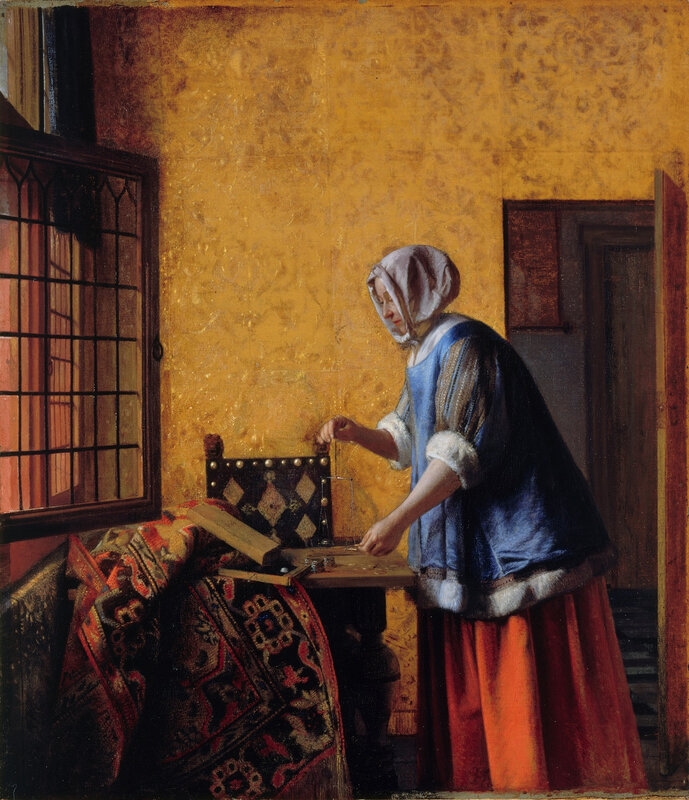


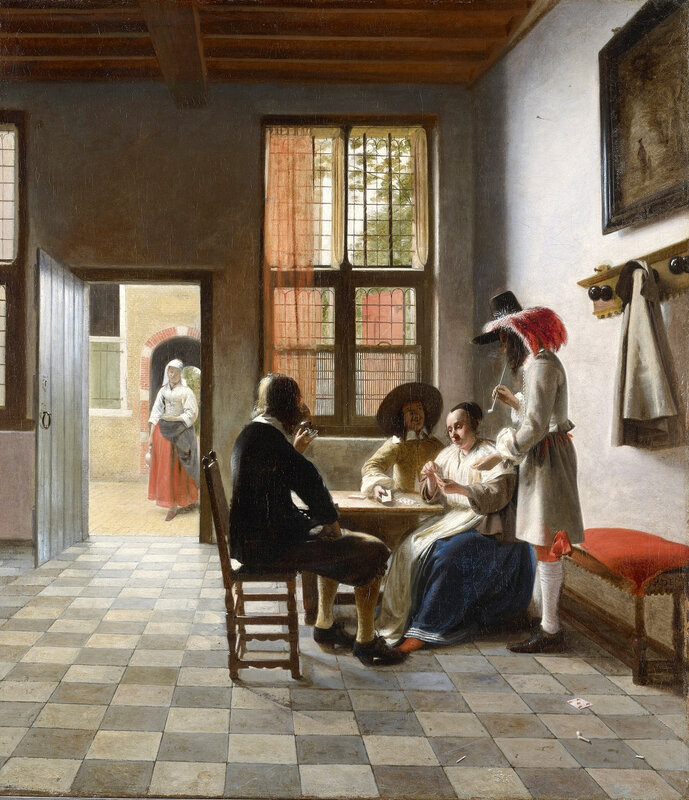



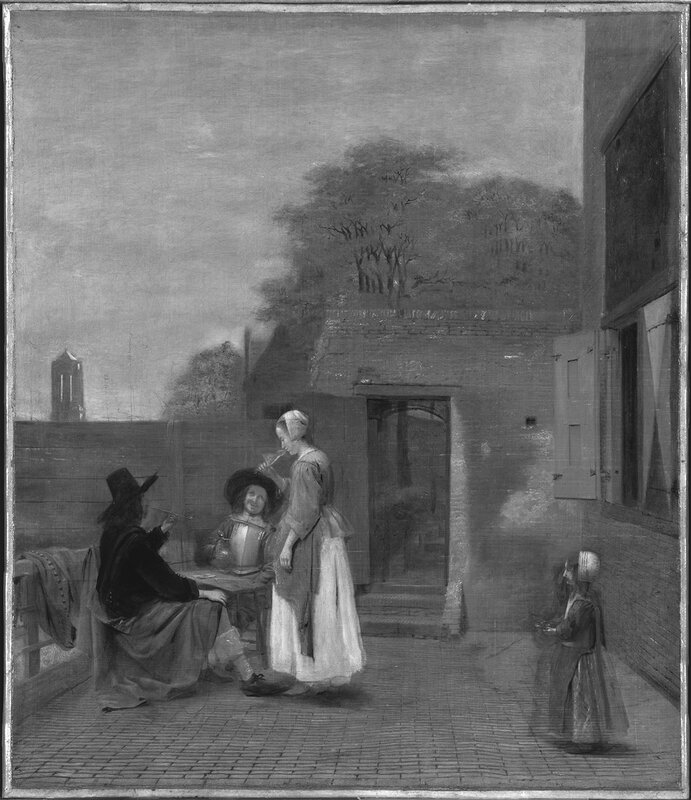
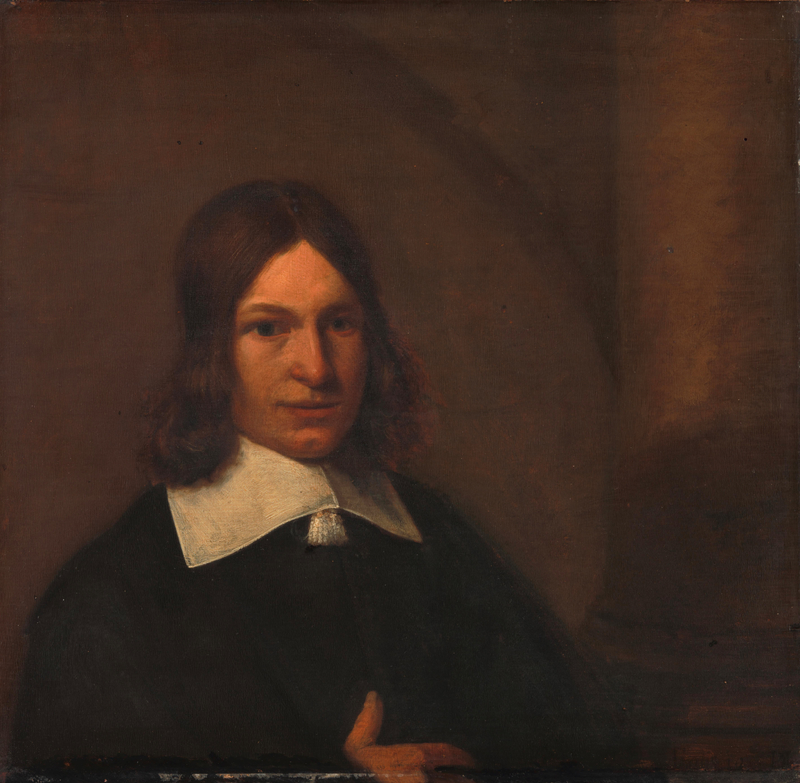

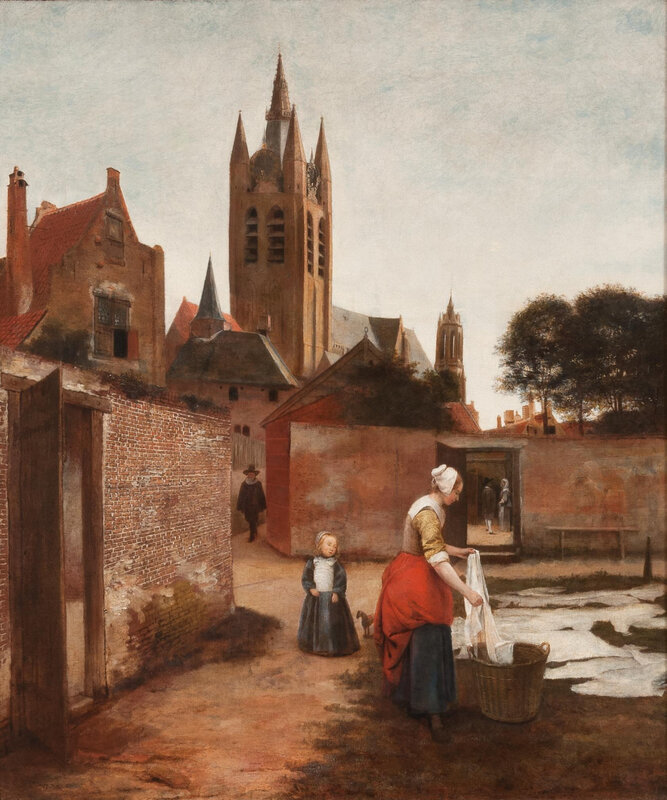

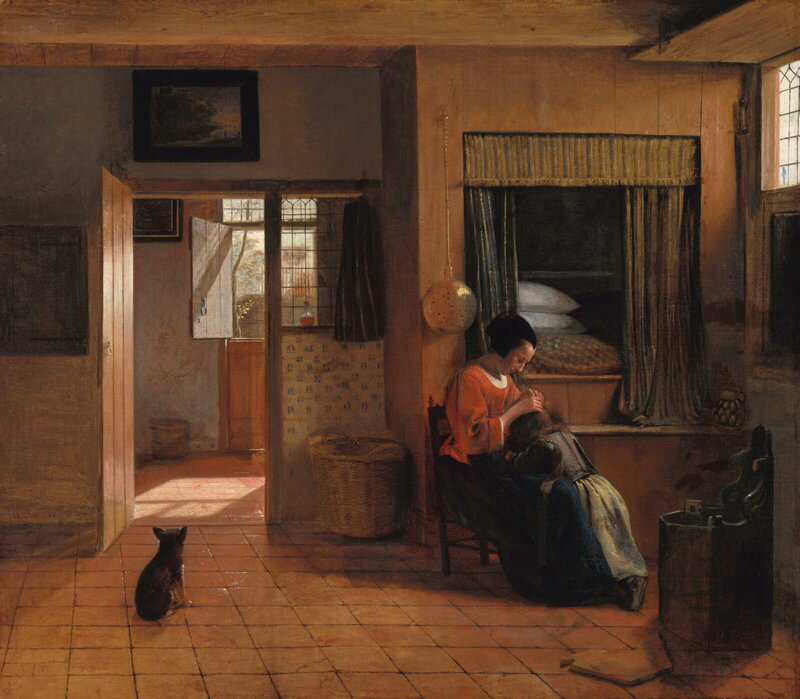

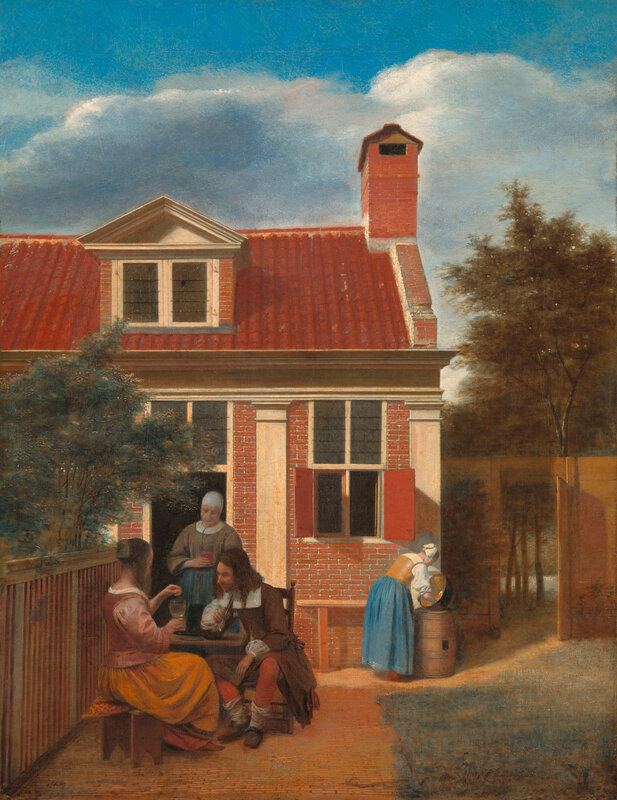


/http%3A%2F%2Fstorage.canalblog.com%2F27%2F73%2F119589%2F129441711_o.jpg)
/http%3A%2F%2Fstorage.canalblog.com%2F85%2F50%2F119589%2F129294982_o.jpg)
/http%3A%2F%2Fstorage.canalblog.com%2F19%2F23%2F119589%2F128179837_o.jpg)
/http%3A%2F%2Fstorage.canalblog.com%2F46%2F22%2F119589%2F122366228_o.jpg)